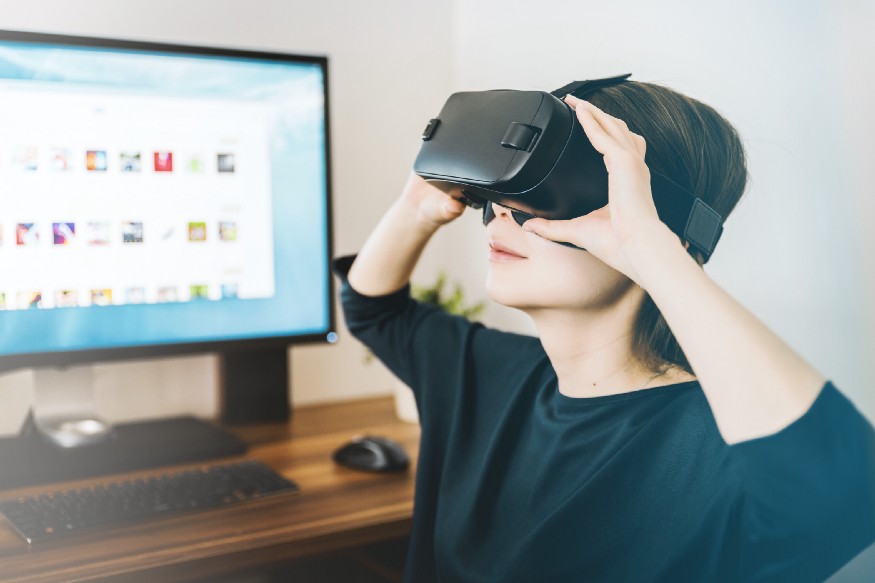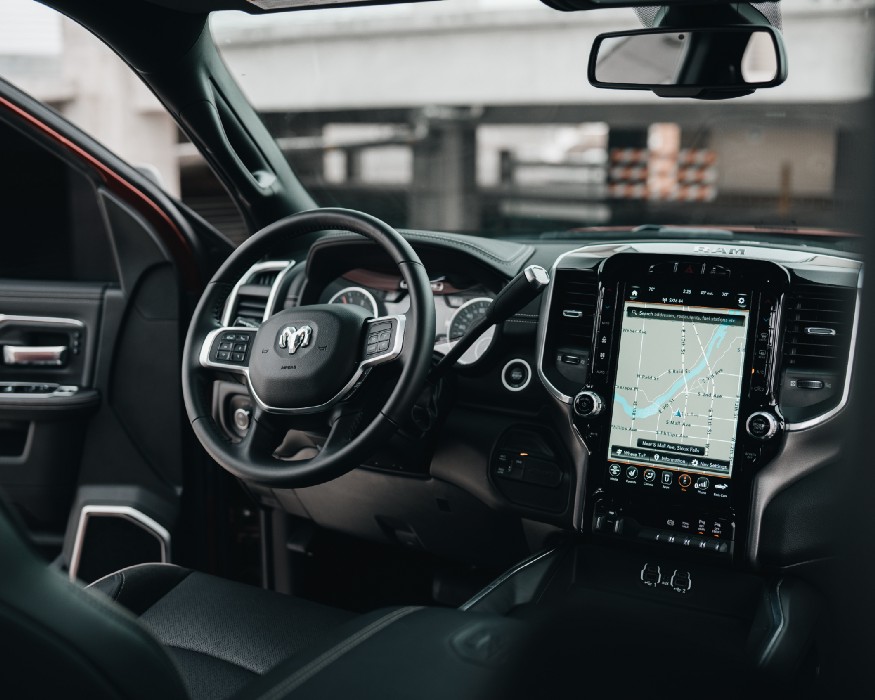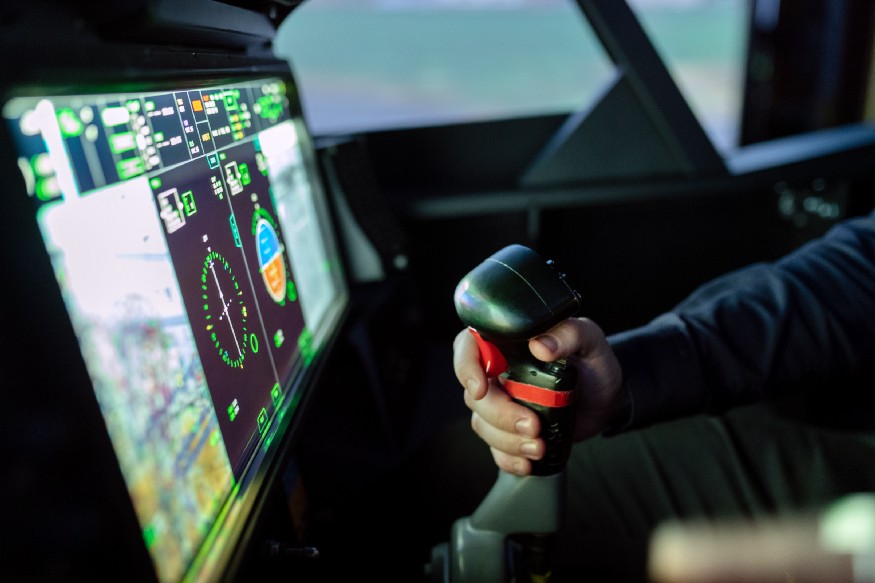User experience (Ux design) is nowadays something central for all digital companies. Ux design was named by Don Norman in the 90s. In 20 years, this term has spread to the business world. Everyone seems to understand today that a software or an application that does not offer a good user experience will not be adopted by the public.
Today, the Ux design job market is flourishing. The offerings are mainly around desktop software and mobile applications.
We can ask ourselves what will be the important themes of tomorrow’s Ux design and where will the Ux designer’s job go?
Ux design will try to spread its mentality in all areas of society outside of digital, to be interested in emerging technologies and finally to get closer and closer to cognitive ergonomics.

Improving emerging technologies
Some Ux designers have the chance to work on new realities: virtual, augmented and mixed
Current technologies allow us to propose good quality virtual worlds. It remains to design pleasant user experiences for all the use cases of these new technologies.
Work on virtual reality is mainly focused on video games which remain the most important application of VR today. But office automation in VR is developing more and more. By creating good user experiences for office work and social networking internet, VR will be able to impose itself as a real alternative to classic computers.
Mixed reality is going down the same path, as Microsoft is mainly banking on collaborative work in MR to promote its Hololens headsets. The user experience must be particularly meticulous to offer the same fluidity as when interacting with real objects.
As for AR, it has already become popular and is mainly used through photo filters, these are now entire markets that are opening up to entrepreneurs such as virtual clothing to pose in photos and videos without owning expensive parts.
With the development of VR and MR, the need for specialized Ux designers will increase rapidly. It will then be necessary to learn to design coherent 3D interfaces.

Another growing technology that Ux designers will take hold of is autonomous cars.
Expected for several years, autonomous cars exist but have not replaced classic cars. Projects exist around the world and if they succeed, we will have to rethink the driving experience.
Tomorrow’s motorist will be a passenger, not a driver. Designers will then have to design interfaces that will allow them to define how they want the car to behave in order to take them somewhere.
The challenge will be to imagine interfaces adapted to users of different ages, cultures, behaviors and road experience.
For the moment, engineers are working on the algorithms of the cars rather than on the interfaces. Tomorrow, manufacturers will be chasing Ux designers to make the use of this new type of vehicle intuitive.

Exporting Ux design to all domains
The emergence of autonomous vehicles will be accompanied by a reflection on the organization of our roads and cities, which will be an opportunity for designers to export their way of thinking outside of digital interfaces.
Ux design is a discipline that seeks to offer the best user experience of a tool. This mentality will be exported to all disciplines involving interactions between users and a tool or a system.
The Ux design has therefore strong chances to get closer to other fields such as urbanism to design cities and villages offering good life experiences to its inhabitants. This rapprochement will allow the evolution of tools used in interface design such as user testing and ergonomic criteria.
Two themes will be developed in parallel to improve the urban experience: connected cities and urban organization.
Smart cities or connected cities are intended to use digital data from inhabitants to adapt the services offered and make the city evolve according to the immediate and future needs of the inhabitants.
The use of this data and the ephemeral services that cities will offer will have to be easily accessible to all, especially since the data collected will have to be public.
The urban organization perfectly matches the Ux design mentality. More and more urban planners are promoting a return to cities where pedestrian movement is privileged. If everything is to be accessible within a 15-minute walk and if we reorganize urban space as it was at the beginning of the last century, we will also have to take into account the use of technologies that did not exist at the time and that change the way we live. The inclusion of digital functions in cities and their use will require a simplicity of use that Ux designers will be able to design.

In parallel to cities as places, the interface between public services and inhabitants will also have to be rethought through the nightmare of many: the administration.
The current administrative monsters have responded to the need for efficiency, traceability of administration but have rarely taken into account the needs of “users”, the citizens.
The transition of the administrations to digital has unfortunately been done by translating what the administrations did on paper on computer without thinking about the usefulness of each step for all parties involved.
By rethinking the link between citizens, the documents to be provided and the administration, everyone’s life will be greatly simplified.
Conceiving new technologies
Ux design will seek in the coming years to go beyond the framework of digital applications to export its methods to other areas. But the digital will remain at the heart of the Ux designer’s job who will have to work on the user experience of new technologies.
Smartphones will one day be replaced by another communication technology. The technology will be invented by a company that will leave it to the users to develop the applications. Ux designers will therefore have to quickly grasp this new technology and what it will allow.
Finally, the Ux will be able to be exported to very specialized interfaces, in particular those concerning the conquest of space.
Whether it is for NASA, the European Space Agency (ESA) or the general public, it will be necessary to offer all the actors of the space conquest powerful interfaces but also pleasant to use, especially if this theme opens to the general public.
Imagining that Mr. Everyman can do things in space seems absurd, but this is what happened with drones. At first, they were only intended for the military, then civilian versions came on the market and very quickly found a public buyer.
Space agency professionals are certainly used to very austere interfaces, but the importance of beauty and organization of interfaces is a success factor in all environments, especially since we are used to using well thought out applications in our private life.

In the end, Ux design will take hold of new emerging technologies, then export to other domains than digital to improve the user experience of everyday life. At the same time, prospective technologies that are not yet current will also have to be thought around usability because our expectations towards new digital technologies are very high.
Ux design will evolve to get closer and closer to cognitive ergonomics. This discipline is already studying the Ux topics of tomorrow.
Ergonomists are working all over the world on new realities, autonomous cars, connected cities and public data, new technologies and aeronautics. The tools used by cognitive ergonomics are similar to those of Ux design, it is mainly the application domains that differ.
Ux design evolves more in the world of mobile applications and ergonomics in the world of complex systems, military and aeronautics. Their goals are close but slighltly differents too. Cognitive ergonomics aim to create easy to use and coherent interfaces by questionning the behaviors of users on fiels, while Ux design aime to create easy to use interfaces that offer a pleasant experience to users.
Bringing the two disciplines together will allow for mutual gain.
Ux design will bring to ergonomics the pleasure of using interfaces in addition to their ease of use; ergonomics will bring to Ux design the upstream reflection on the interest of functionalities in addition to their organization on the screens.

